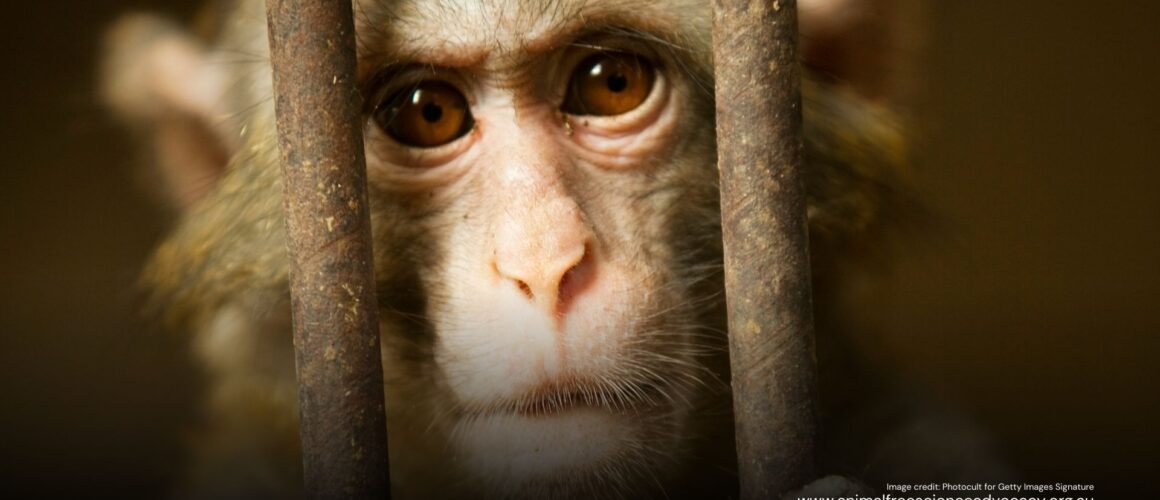The much-anticipated report from the National Health and Medical Research Council – has been published. The implementation of the 3Rs in Australia September 2019 reviews the understanding of and commitment to Replacing, Reducing and Refining (3R’s) the use of animals in research by drawing on a survey of Australian investigators, AEC members and institutions.
The report contains both positive and negative results.
Humane Research Australia Chief Executive, Helen Marston: “On the plus side, it is heartening to see that there is some work being undertaken in Australia to move toward more humane and scientifically valid methods of research which do not use animals”. “Unrecognised 3R development and implementation can occur in situations where the primary purpose of the study was not the development of a 3R method or technique.”
Examples include:
- Collaborative work between laboratory-based researchers and mathematical modellers where computer simulation is leading to improvements in the design of studies using animals, so that the minimum numbers of animals are used to produce useful high-quality data.
- The development of organoids — miniature organs derived from human cells and grown in culture dishes — that allow studies outside a human or animal and replace the use of animals. Their use includes the investigation of biological processes such as cell behaviour, tissue repair and response to drugs or mutations; organ function; modelling of diseases such as epilepsy, autism, Alzheimer’s disease and Parkinson’s disease and a range of cancers; gene editing; and transplantation. Such research is referred to as “‘incidental’ 3Rs development and implementation” however and, according to Marston, it is disappointing that the Australian government is not making a commitment to this promising area of research.
At the onset, the paper states “The project’s scope did not include funding of projects for the development of the 3Rs, identification of prospective research areas for the 3Rs, and the benefits or otherwise of specific 3R methods or techniques” yet “Increased funding to develop replacement options” was identified as a key enabler to implement the 3Rs.
Also listed under Barriers:
“All participant groups identified the lack of appropriate scientific or technological innovation as the primary barrier to implementation of the 3Rs. Other key barriers included comparability of data (identified by investigators) and insufficient funding available (identified by institutional representatives). A significant difference was observed in the perceived level of importance of the pressure of time or other duties for investigators as a barrier to implementation of the 3Rs, with this factor reported as a barrier by only a small number of investigators compared to a relatively higher number of AEC members and institutional representatives. Of note, approximately one-third of investigators and institutional representatives reported that there were no barriers to implementing the 3Rs.”
Finally, “Just over a third of investigators felt that nothing would enable them to achieve their objectives without using animals, as their work demands that they look at the whole animal system.” Conversely, this suggests that two thirds of investigators COULD achieve their objectives without using animals – a very promising perspective.
Helen Marston concluded: “The publication is a step forward – recognising the need for greater effort into replacing animals and acknowledging what barriers are currently preventing this – however it does need to go further. The government needs to act on this knowledge and implement a funding stream for the specific purpose of developing and implementing non-animal methods of research.”
